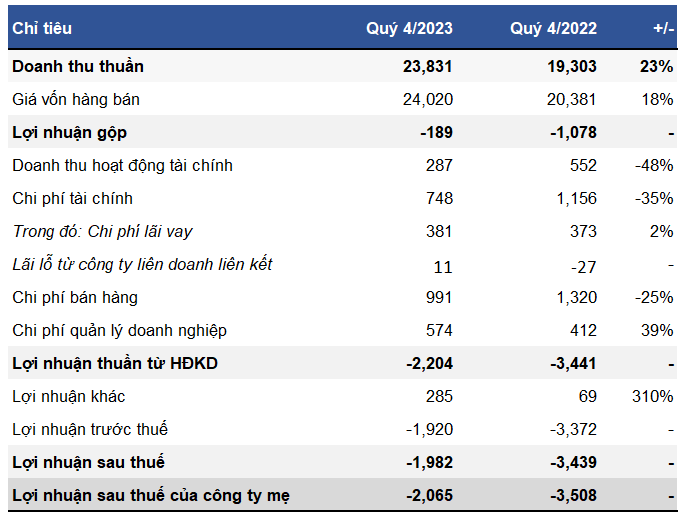At the forum “Promoting Green Energy in Industrial Parks – Effective Implementation Solutions” on May 15, Mr. Nguyen Ngoc Trung, Deputy Director of the Industry Economic Department, Central Policy and Strategy Committee, shared that Vietnam currently has approximately 419 established industrial parks, with 381 in operation and about 900 planned industrial clusters, 700 of which are operational, hosting over 40,000 active businesses.
OBSTACLES IN IMPLEMENTATION
With the advantage of large roof areas and high concentrated energy consumption, the potential for exploiting rooftop solar power in industrial parks and clusters is significant, estimated at 12-20 GWP, equivalent to the capacity of over 10 large coal-fired power plants. This is a massive source of green energy right within the industrial parks that we can fully self-produce and self-consume.
The installation of rooftop solar power systems helps businesses reduce long-term energy costs, build a green image, and enhance their brand value. For the national power system, it alleviates grid pressure, supplements and stabilizes supply, and contributes to energy security.
Despite the immense potential and high expectations, the implementation of green energy, especially rooftop solar power, is facing several challenges and obstacles.
According to Mr. Hoang Quang Phong, Vice President of VCCI, although the Party and Government have clear policies, businesses in industrial parks still face difficulties in investing in and installing rooftop solar systems due to a lack of specific regulations. Procedures and guidelines from ministries and sectors are not yet clear and consistent. Businesses intending to install and use rooftop solar power are unsure which regulations to follow.
Mr. Trung emphasized that the legal corridor has been inconsistent and unclear. The lack of specific regulations has caused difficulties for businesses in registration, grid connection, and operation. Many projects have had to be temporarily halted, waiting for guidance and missing investment opportunities.
Additionally, the burden of initial investment costs is a significant barrier, especially for small and medium-sized enterprises. Installing rooftop solar power systems requires investments of billions of VND per MW, making it challenging for many businesses to arrange finances despite their interest.
Moreover, the technical infrastructure in many industrial parks is not ready for integrating distributed energy sources. The internal power grid in some industrial parks is weak and lacks modern two-way measuring and control equipment, raising concerns about safe operation.
Furthermore, a portion of businesses have limited awareness and skills in developing and managing green energy systems; some are apprehensive about the risks of new technology or fail to accurately assess the long-term benefits of investing in clean energy.
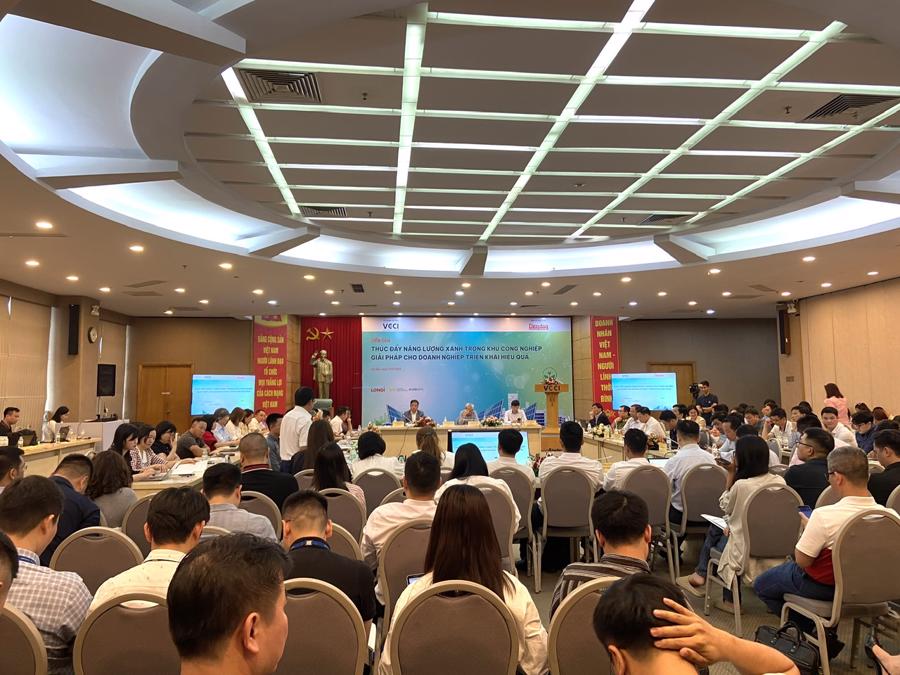
From the perspective of a manufacturing enterprise implementing rooftop solar power, Mr. Vu Huy Dong, representing ADE Energy Joint Stock Company, shared that industrial parks currently account for over 50% of the total energy consumption in the manufacturing sector and are also significant emitters.
With the trend of environmental standardization from export markets such as the EU, the US, Japan, and South Korea, businesses in industrial parks must adopt strategies to reduce carbon emissions, and the use of renewable energy is a key solution.
However, many small and medium-sized enterprises are hesitant due to a lack of information, initial investment capital, or concerns about legal procedures and operational efficiency.
NEED FOR LEGAL FRAMEWORK IMPROVEMENT
To promote the development of green energy in industrial parks, a synchronized approach is necessary. Specifically, there is a need to improve the legal framework to ensure synchronization, clarity, and transparency. Ministries and sectors should promptly issue circulars and detailed guidance documents for implementing Decree 57/2025/ND-CP and 58/2025/ND-CP.
Particularly, there should be early regulations and clear guidance on the model of rooftop solar power for self-consumption in industrial parks (for example, the prescribed capacity allowed to be sold to the grid, internal power purchase agreements between enterprises in the industrial park, and simplified grid connection procedures…). A stable and transparent legal framework will boost businesses’ confidence in long-term investments in this field.
According to Mr. Trung, the government could consider tax incentives and green credit policies to support businesses in installing renewable energy systems. For instance, applying import tax exemption or reduction for green energy equipment, allowing accelerated depreciation of solar power systems, or establishing a green credit fund with preferential loans for rooftop solar projects.
Simultaneously, encourage the ESCO (Energy Service Company) model, where a third party invests in the installation, and businesses only buy back the electricity, addressing the initial investment hurdle for small businesses.
Industrial park infrastructure investors need to coordinate with the power sector to upgrade the local power grid, install smart metering equipment, and ensure sufficient transformer capacity with reserves to technically accommodate renewable energy sources.
Additionally, develop a flexible and safe grid operation mechanism with reserves in case of power grid failure or accidents, allowing the utilization of solar power without affecting overall operations.
“Authorities and associations (such as VCCI) should organize training and consulting programs for businesses on the benefits, techniques, and project management of green energy,” suggested Mr. Trung. “Sharing exemplary models – for instance, a typical green industrial park that has successfully installed tens of MW of rooftop solar power – will inspire and build trust among other enterprises.”
There is also a need to train engineers and skilled workers in the field of renewable energy to ensure sufficient human resources for the safe and efficient operation and maintenance of new systems.
The representative of the Central Policy and Strategy Committee emphasized that developing green energy requires collaboration between the public and private sectors. The government is ready to play a facilitating and supportive role, but the involvement of businesses as investors and end-users is crucial for success.
The Ultimate Golf Destination: Quang Ninh’s Vision for 8 Stunning Courses
The People’s Committee of Quang Ninh Province has given the green light to an extensive investment plan for the period 2025-2030, encompassing a total of 259 projects. This ambitious roadmap includes the development of eight golf courses, spanning an impressive 2.2 thousand hectares, showcasing the province’s commitment to diversifying its attractions and boosting its economic prospects.
“Building an Infrastructure Tailored to the Development Needs of Innovative Enterprises and the Private Sector.”
The new regulation allowing for a minimum 30% reduction in land lease costs for the first five years is a step in the right direction. This cost reduction is essential, according to National Assembly delegates, but it’s not enough. What’s more crucial is creating infrastructure that caters to the unique needs of innovative enterprises.
The Airbnb Ban: A Tale of Two Cities
“A growing number of individuals are feeling the impact of the ban on short-term rentals through Airbnb. This prohibition is stirring up strong emotions and sparking a heated debate. On one hand, there are those who feel their property rights are being trampled upon. On the other, some residents worry about the potential disruption to their neighborhoods.”
The Birth of an Industrial Powerhouse: How the Merger with Bac Ninh Has Transformed Bac Giang’s Real Estate Landscape, Attracting Investors and Driving Up Land Prices.
The Bac Giang land market is booming, with prices surging upwards. Land prices in this region have increased by an impressive 10-15% since last year, with some areas witnessing even higher gains of up to 20%. This significant growth showcases the thriving nature of the real estate market in Bac Giang, presenting an opportune moment for investors and homebuyers alike.

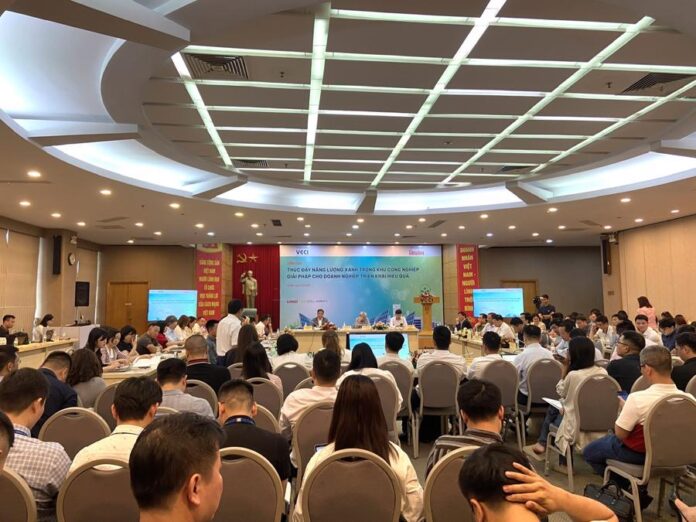

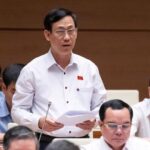
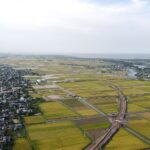
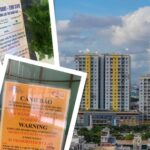
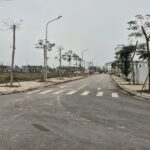



![[Photo Essay]: Experts, Managers, and Businesses Unite to Forge a Path Towards Sustainable Green Industry](https://xe.today/wp-content/uploads/2025/07/z678592918-150x150.jpg)


![[Photo Essay]: Experts, Managers, and Businesses Unite to Forge a Path Towards Sustainable Green Industry](https://xe.today/wp-content/uploads/2025/07/z678592918-100x70.jpg)






